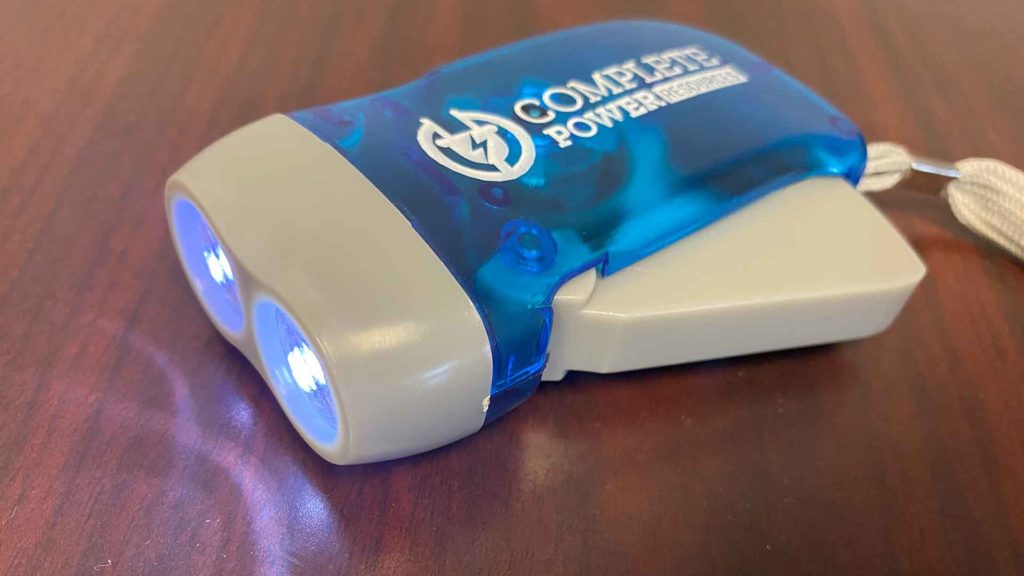How to Handle A Power Outage

There is never a convenient time to experience a power outage, but like all emergencies — a blackout may strike at the most unexpected time. If you find yourself without power, here are a few tips on how you can manage:
Track Mobile Power Inventory
Make sure to have batteries or an alternative power source available to meet your electronic needs and charge your portable items such as charger or power bank. Have a flashlight available for every household member, and gauge whether your cellphone has enough charge to last until you have access to electricity again.
Medical Supplies
It’s important to have instructions handy for medicine that must be refrigerated or kept at a set temperature. The best way to know is to talk to your medical provider about a medical outage plan; it provides insights and helps one understand the specific guidelines for medicine critical to one’s life.
Managing Appliances
During a power outage, temporary lighting methods such as a fireplace or gas oven are often used to heat or as an alternative for lighting causing levels of carbon monoxide to rise. As a result, it’s crucial to avoid poisoning by installing detectors at all levels of your home to keep track of carbon monoxide. A rule of thumb is never to use a gas stovetop or oven to power your home. In addition, it’s essential to note power may come back on sporadically during an electricity outage, so it’s in your benefit to turn off or disconnect appliances, equipment, or electronics.
Generator Install
Lastly, the best way to combat a power outage is to install a home standby generator, which will automatically turn on seconds after the power goes out. Installing a home generator at your home or business brings immense value, peace of mind for starters, and living life without any interruptions.
To find more information on the standby generator that will best suit your needs, contact us today for a home generator assessment.
